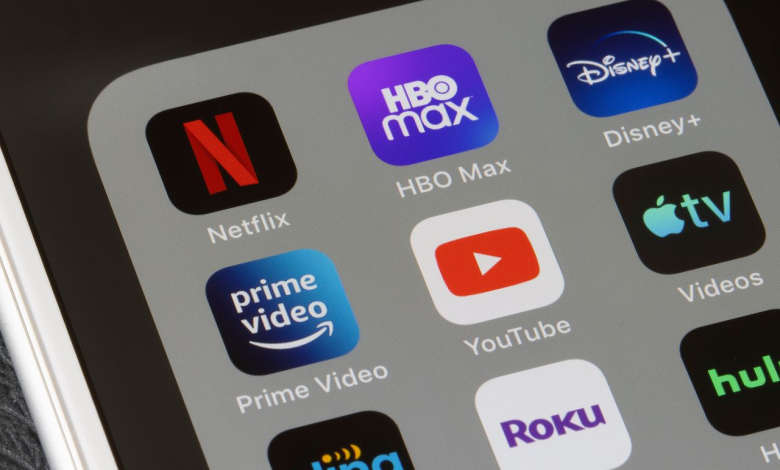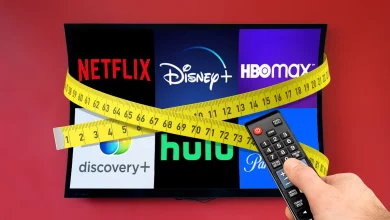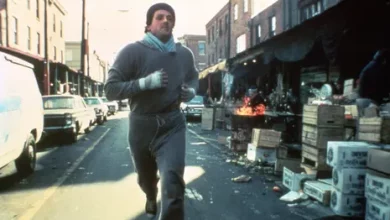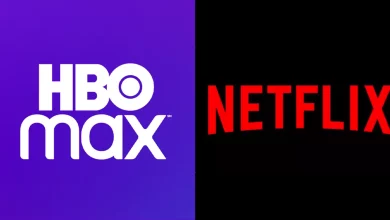Streaming will look more like cable TV

Streaming services have revolutionized the way we consume television and movies, offering on-demand access to a vast library of content without the need for a traditional cable or satellite subscription. However, it seems that the future of streaming may look more like cable TV than we realized.
One of the main differences between traditional cable and streaming is the concept of a “channel.” Cable subscribers have a set number of channels that they can access, each with its own lineup of programming. Streaming services, on the other hand, offer a vast library of content that users can browse and select from at will.
However, as streaming platforms have grown in popularity, they have begun to emulate the channel model in a number of ways. Many streaming services now offer a selection of channels that are curated around specific themes or genres, such as sports, news, or kids’ programming. These channels often feature a mix of live and on-demand content, and are often bundled together in packages that users can subscribe to.
Another way that streaming is beginning to look more like cable is through the proliferation of “skinny” bundles. These are smaller packages of channels that are offered at a lower price point than traditional cable subscriptions. They often include a selection of popular channels, such as ESPN and CNN, as well as some local and regional channels. Skinny bundles are designed to appeal to cord-cutters who want to access a smaller selection of channels without paying for a full cable package.
In addition to channels and skinny bundles, streaming services are also beginning to offer original programming. This is similar to how cable networks produce their own shows and movies. Many streaming platforms, such as Netflix and Amazon Prime, have invested heavily in producing their own content in an effort to attract and retain subscribers. This has led to the creation of some highly acclaimed and popular shows, such as Stranger Things and The Marvelous Mrs. Maisel.
One of the main drivers behind the shift towards a more cable-like model for streaming is the increasing fragmentation of the market. With so many streaming options available, it has become increasingly difficult for individual platforms to stand out. As a result, they are adopting strategies that are similar to those used by cable networks in order to differentiate themselves and attract subscribers.
While there are certainly benefits to the new, more cable-like model for streaming, there are also some potential drawbacks. For one thing, it may lead to higher prices for consumers. As streaming services invest more in original programming and add more channels to their platforms, they may need to increase their subscription fees in order to cover their costs. This could make streaming less attractive to cost-conscious consumers who are looking to cut their expenses.
In addition, the shift towards a more cable-like model could also lead to less choice for consumers. As streaming platforms increasingly focus on producing their own content, they may be less likely to license content from other producers. This could lead to a more limited selection of shows and movies for viewers to choose from.
Overall, it seems that the future of streaming will look more like cable TV than we realized. With the proliferation of channels and skinny bundles, as well as the increasing focus on original programming, streaming services are adopting many of the same strategies used by traditional cable networks. While this may have some benefits for consumers, it could also lead to higher prices and less choice.



